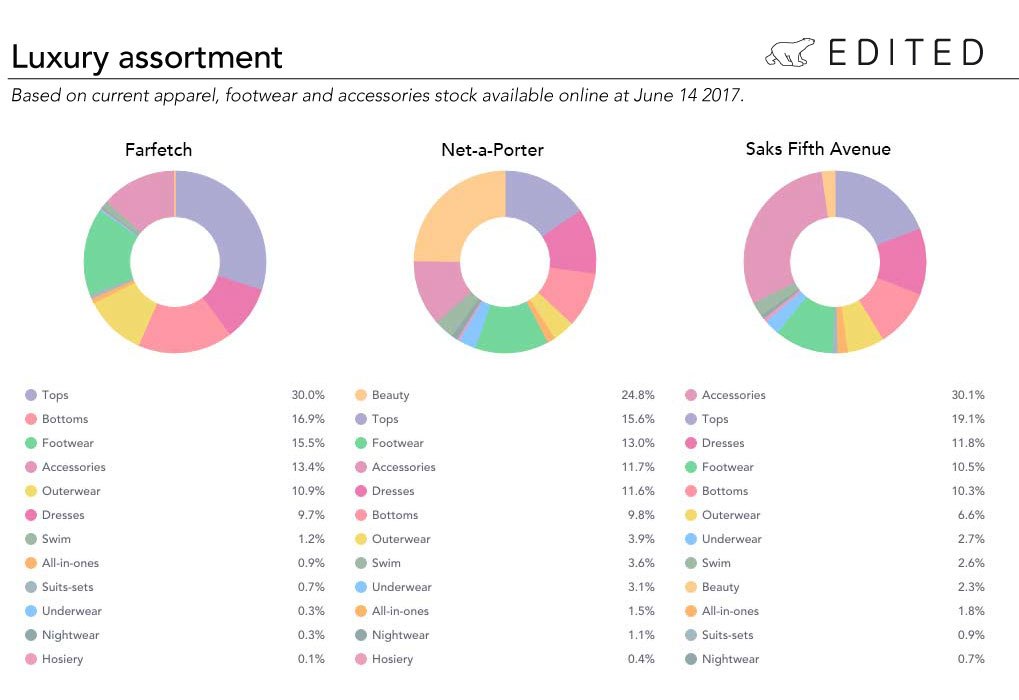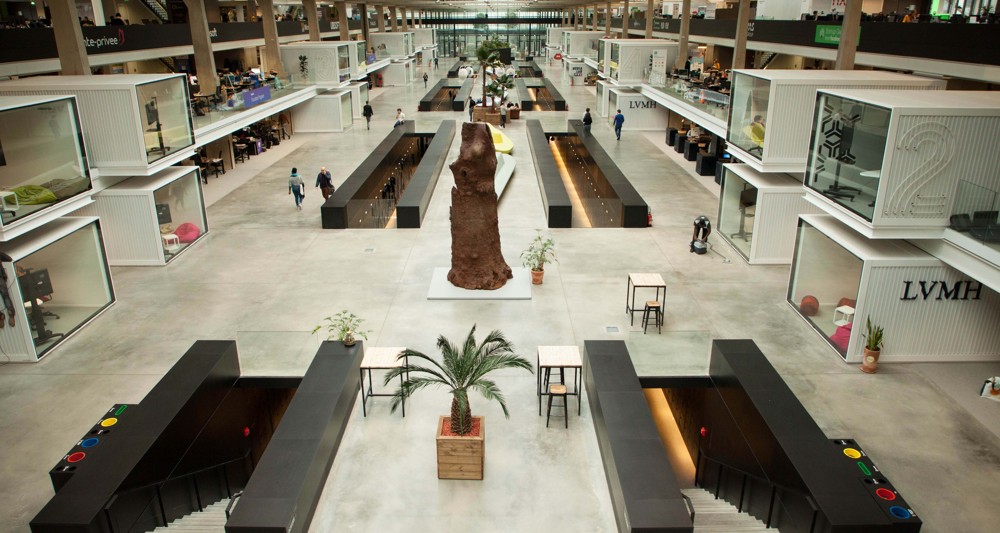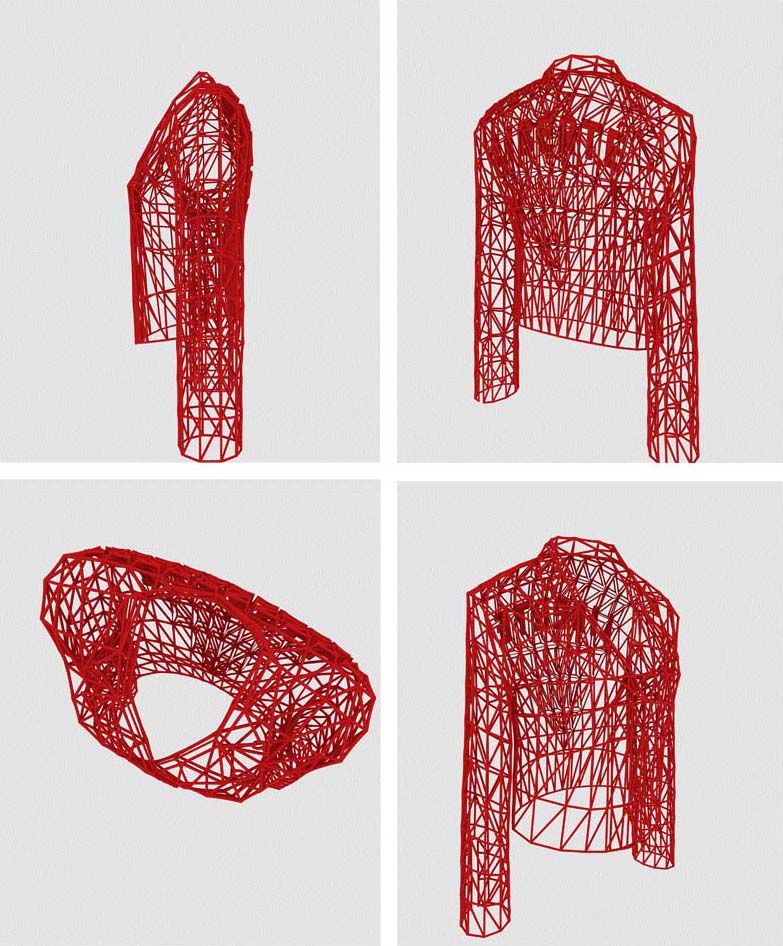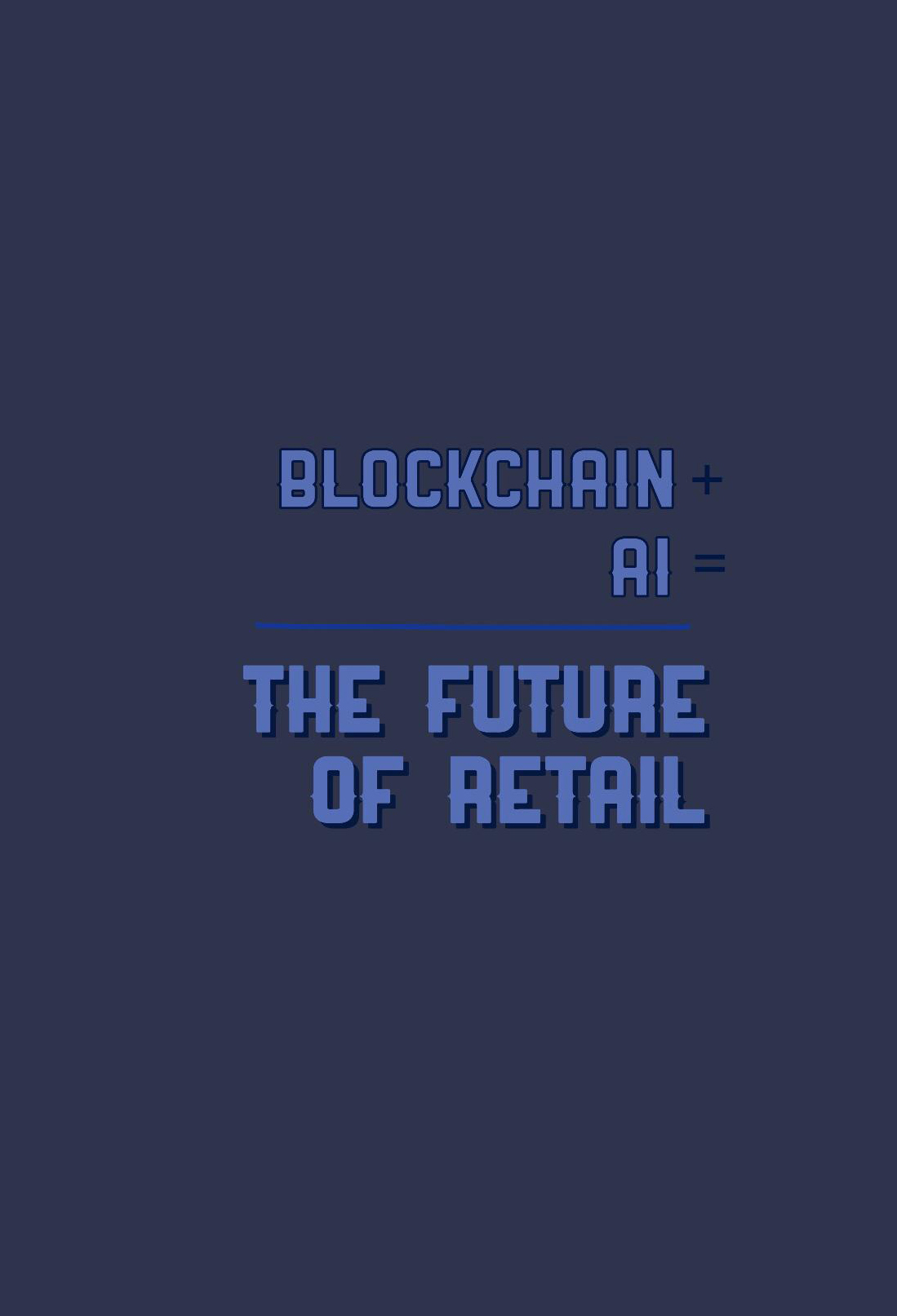AI AKA Artificial intelligence: computer completed tasks by simulating human intelligence.
Blockchain: states of information at a determined moment in time represented by a chain of blocks. Each block can be traced to the previous one while each chain of blocks resides independently in a decentralised network which requires general consensus and thus ensures validity.
Blockchain and artificial intelligence are few of the trending, fuzzy technological terms we encounter e v e r y w h e r e. Technological revolutions, the greatest inventions after the internet, call them as you want: it feels like they could change the way we do business forever. Fashion, one of the most complex and fast-growing industries, could not help but try to understand how the application of such technologies could benefit operations.

Artificial intelligence is already used in Customer Relations Management through bots you can interact with to inquire about products, sizes, materials and so on (as expected some argue that it is not suited for the high fashion shopping experience). Yet, AI also brings great opportunities for fashion in terms of trend forecasting and as a result retail decisions. AI has the ability of creating knowledge on sales trends by tracking the best-sellers or pieces that did not sell and their price to effectively automate forecasting. For instance, London-based Edited, is a retail technology company that assists leading brands such as Tommy Hilfiger and Marni to have the right product, at the right price, at the right time. During fashion weeks Edited used AI on runway trends and composite imagery tracking colour and texture to create references.

As far as supply-chain management is concerned, blockchain could solve the problem of inventory and help brands to be more sustainable. With a transparent and secure storing of data of every step of the supply chain into blocks, blockchain allows a ‘track and trace’ of stock. Following a re-distribution of the later, problems like H&M’s 4.3 billion euros of unsold merchandise could be avoided. Apart from reduction of waste this also leads to shrinking lead times and more efficient quality control. Moreover, this degree of certainty on production brought by the blockchain would making the existence of fakes practically impossible and thus protect brands.

Yet, some experts highlight that turning blockchain in fashion into a reality requires time and the integration of each company’s operations into one unique blockchain. Considering the size of the industry and the global breaking down of activities, it would take years before every data is tracked and stored. Moreover, a unique blockchain also entails a change of the fashion industry culture. Each big player but also every fashion blockchain start-up aims at building its empire and hence its own blockchain. Obviously, this would be a source of competitive advantage. LVMH for instance has recently launched its station F, an accelerator program for 50 start-ups working on innovative ideas and solutions for the group. Then, perhaps what will arise is a set of different blockchain ecosystems which interact with one another.

Nowadays, technology is a crucial factor of every aspect of the fashion industry. From LVMH’s Thélios to Gucci, 3D printing and AI are taking over part of the production process. Some appreciate the beauty of collaboration between man and machine while others are critical on the potential loss of craftsmanship and its contradiction with luxury.

On this issue Gucci reassures scepticals that only 30-35% of the production process can be completely automated. Adopting automation or embracing craftmanship is (still) a choice however, ‘using data is not’, as Edited describes on its website. It’s a necessity for day to day operations, strategy and competitiveness.
By Daphne Doukidis






